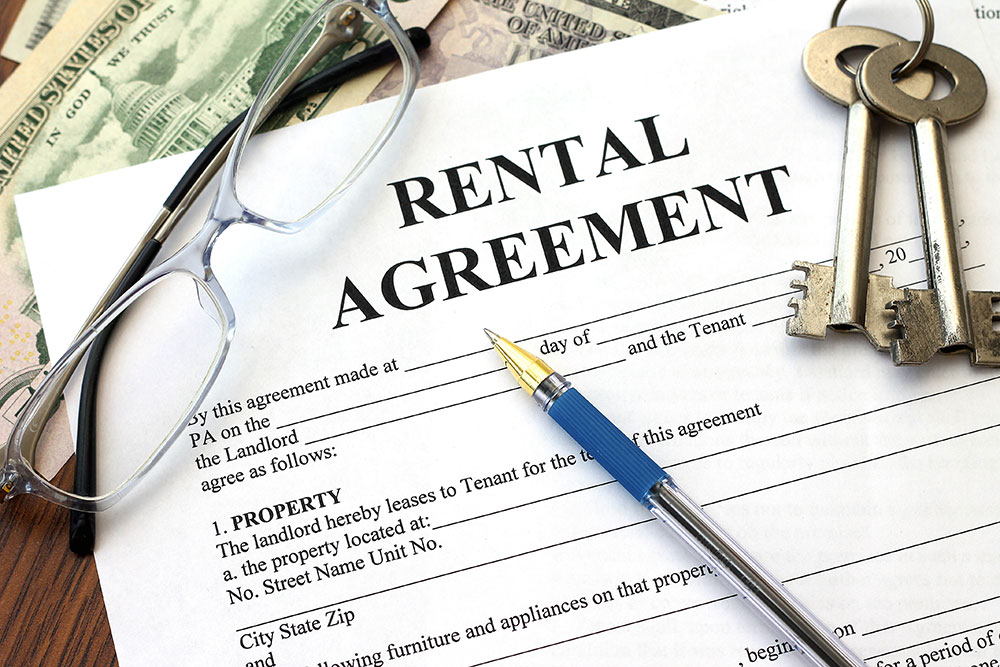
Fixed term
When the fixed period ends, there are a couple of things that can happen:
- The tenancy is renewed for a new fixed term
- The tenancy automatically rolls into a periodic tenancy
- The landlord or the tenant decides not to continue the tenancy
If your agreement is an assured shorthold tenancy (AST) and you wish to stay in the property after the fixed term, a new written agreement (or ‘renewal’) is not essential. The tenancy becomes a ‘periodic tenancy’ and will continue with the same terms and conditions as before.
The ‘period’ in a periodic tenancy is the same as that for which the rent is payable. For example, where rent is paid monthly, the ‘period’ will normally run from month to month.
This is very common practice and periodic tenancies can, in some cases, continue for many years. However, there are reasons and benefits for renewing the tenancy for another fixed period.
Part 4 tenancy
After the first cycle (4 or 6 years) of your Part 4 tenancy has ended, a new tenancy begins. You now have a further Part 4 tenancy. Your landlord used to be able to end this tenancy at any time in the first 6 months without having to give a reason. However, the Planning and Development (Housing) and Residential Tenancies Act 2016 removed this provision with effect from 17 January 2017.
When you have acquired a Part 4 tenancy or further Part 4 tenancy, your landlord can only terminate your tenancy in certain circumstances.
If you want to leave and you do not have a fixed-term agreement, you do not have to give a reason, but you must give the correct period of notice in writing – see ‘Ending your tenancy’ below.
Preventing a further Part 4 tenancy:
If your landlord wants to stop a further Part 4 tenancy from coming into existence, they can serve a notice during the original Part 4 tenancy, with the notice period expiring on or after the end of the tenancy. A notice served in this way should provide a reason for termination. The reason does not need to be one of the valid grounds for terminating a Part 4 tenancy.
